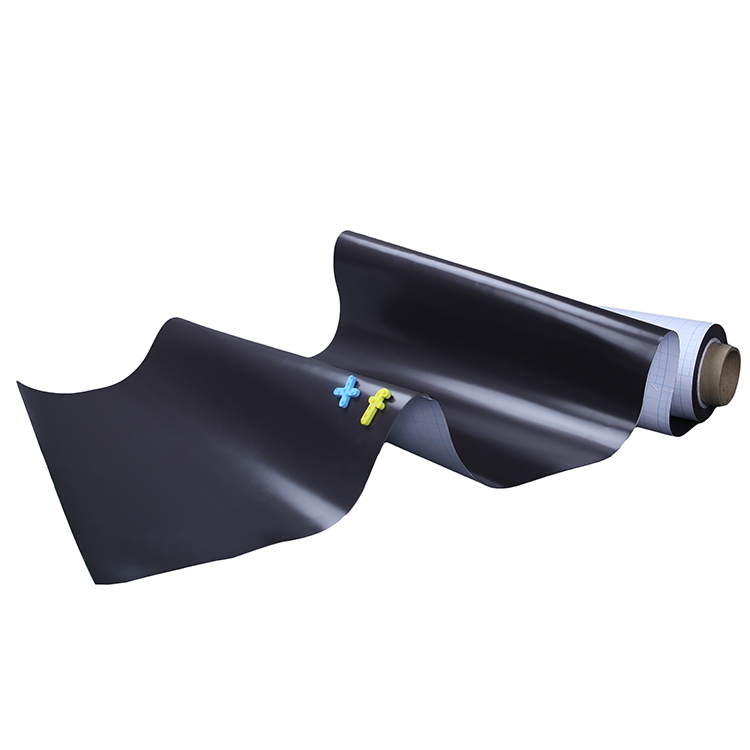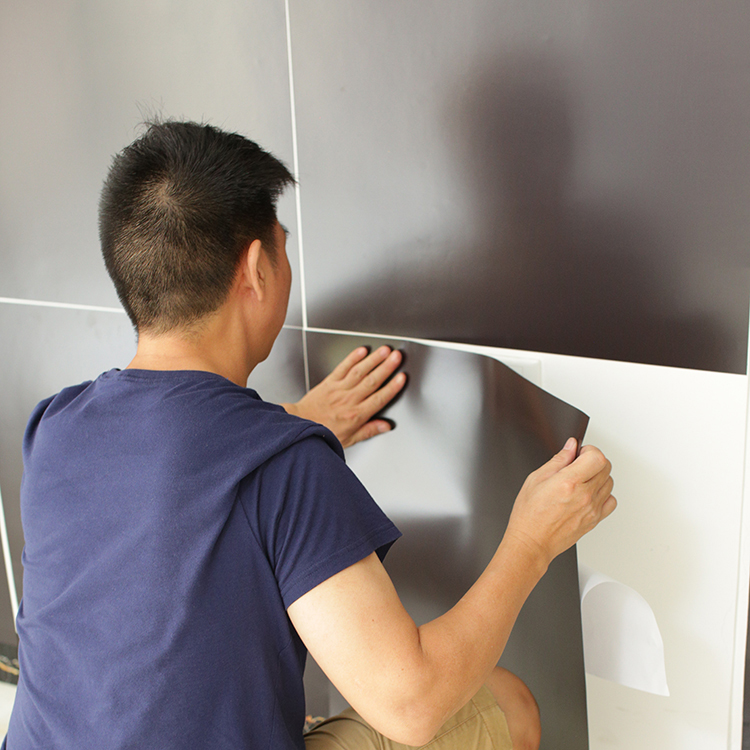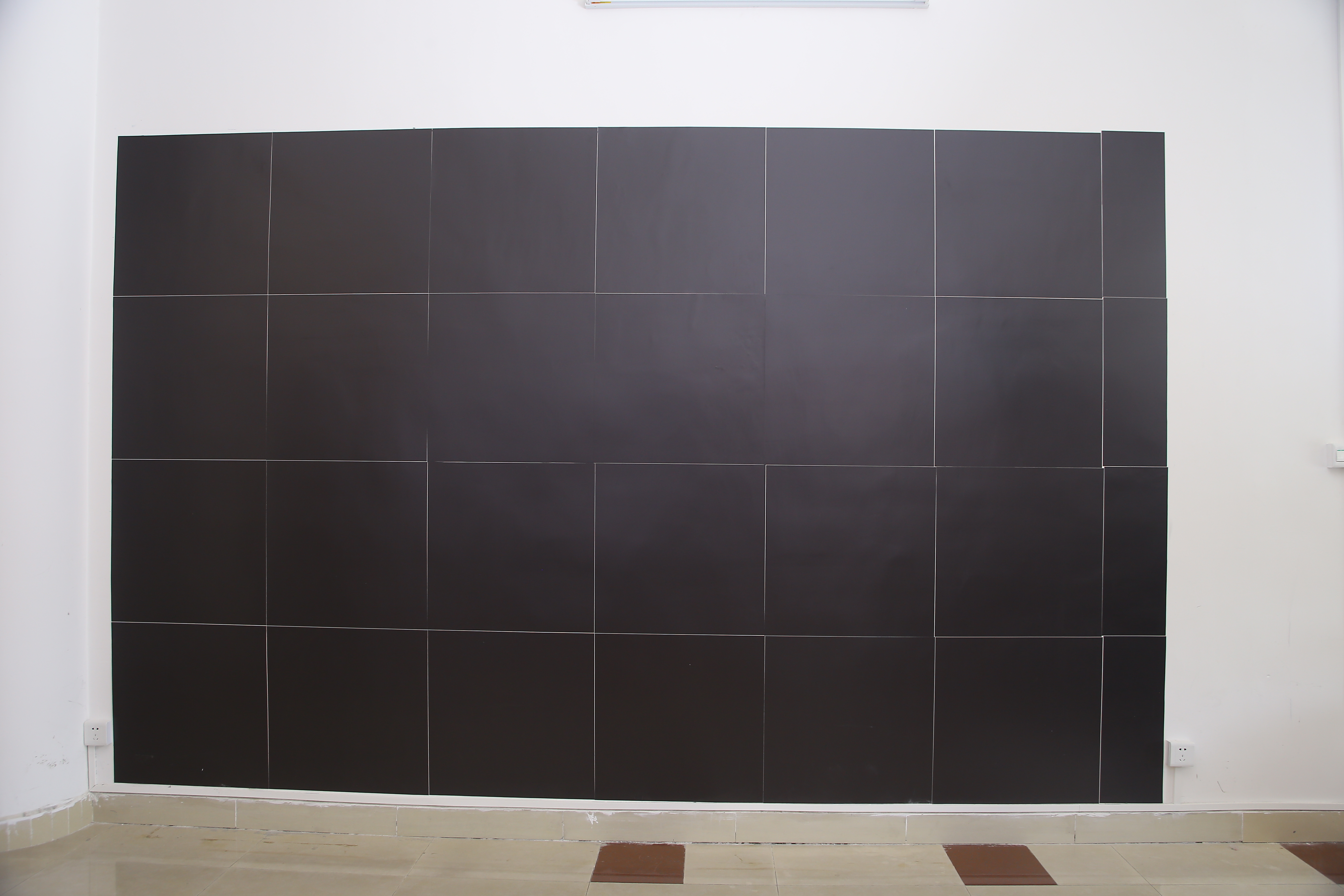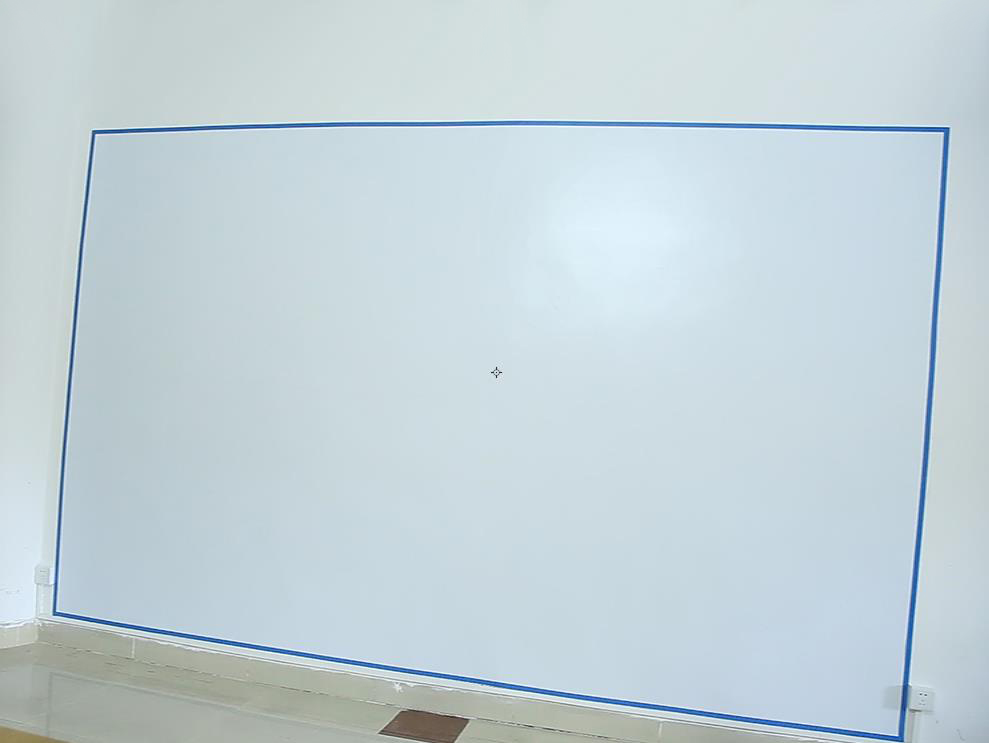Lightweight paper is a rookie in paper products. It does not contain fluorescent whitening agents, and is mostly milky white, off-white, and valley-white. It has a soft color and has a protective effect on eyesight. At the same time, the texture and looseness of the lightweight paper are good, folding resistance, high opacity, printing adaptability, and reproducibility of the original after printing. The most important thing is that the weight of the paper is lighter. The weight of printed books is reduced by about one-fourth to one-third from the weight of books printed on plain paper, which facilitates readers and saves on shipping and mail-order. cost.
In light paper transliteration, in Munkdkal, Sweden, a local paper company produced a type of light paper called Munkdkal. When this type of paper was first introduced to China, it had " The name "Mengken". Because it is the first light-weight offset paper introduced in China, it is customary to refer to this type of paper as kenken paper (lightweight paper) in the country. Those who work in the paper industry generally directly refer to it as “Monkenâ€. In developed countries such as Europe, America and Japan, more than 95% of books in bookstores are printed on this type of paper.
Lightweight paper features the following aspects:
1. Lightweight and light. The looseness of the lightweight paper is very good, so that the paper can replace the original high-quantity paper with the same thickness, thus saving shipping and postage costs.
2. The color is natural. Lightweight paper is made of chemical pulp and does not contain fluorescent whitening agents. It is milky white or light beige due to the addition of special dyes. Compared to ordinary coated paper and offset paper, light paper has a darker color and is similar to the primary color of wood pulp. . Gives a quaint, natural feeling that long-term reading of books printed on lightweight paper does not cause visual fatigue.
3. The paper surface is delicate and smooth. Touching light paper by hand will feel the softness and exquisiteness of its paper. Because there is no coating or a low coating amount, the light reflectance of light paper is not high but the ink absorption ability is strong.
4. Long paper life and environmental protection. Lightweight paper is chlorine-free paper, 100% pure chemical pulp, non-fluorescent brightener and other ingredients, so that the paper is slightly alkaline, can be stored for thousands of years without deterioration. Lightweight paper is not coated and is mainly composed of fiber, calcium carbonate and water. It does not pollute the environment. It is a green product.
Lightweight paper generally expresses its thickness in terms of coefficients, such as 1.5, 1.7, 1.8, etc. Refers to the paper thickness divided by the amount!
Market advantages of "light paper"
(1) Domestic "light paper" is cheaper than imported paper of the same type. Only about 65% of the import price.
(2) The “light paper†has a very smooth paper surface and a soft touch. When used in books and periodicals, the appearance, reading, use, and storage of the paper can achieve ideal results.
(3) The paper color of "light paper" conforms to the environmental protection trend that the international whiteness of paper is not higher than 84 degrees. The original color tone can protect the eyes of humans, especially children and the elderly, and make them more comfortable in reading. Glare, no fatigue, no harm, have a certain effect on the protection of vision.
(4) "Light Paper" is better and cheaper than offset paper. "Light paper" has a certain amount of looseness. 60g/m2 "light paper" can be used instead of 80g/m2 offset paper to print books, which reduces the weight of the book.
(5) Since “light paper†uses neutral sizing, books printed on “light paper†are not easy to turn yellow, with good texture, light weight and thick.
Domestic light paper market
Lightweight paper was introduced into China at the end of the last century, probably around 1995. At that time, the domestic printing and publishing industry was blindly pursuing paper, while the soft and natural light paper was not recognized. Lightweight paper from countries such as Sweden, the Netherlands and Finland entered the Chinese market for some time. Some papermaking companies in Shandong Province in China began to copy the paper. At the time, lightweight paper was generally sold only on specialty papers. The customers faced were only advertising and design. The company has little market consumption. Lightweight paper is widely used in book printing is only two or three years of things. Now when the publisher makes a new book recommendation, he must also state that he is printing on light paper.
From 1995 to now, imported light-weight paper brands have become stable in the domestic market and domestic paper-making enterprises that produce light-weight papers have gradually matured in technology and production, and have started to establish their own brands and develop domestic and foreign market-oriented
Compared to the old-fashioned foreign light paper manufacturers, domestic papermaking enterprises are still very weak in production. At present, China's light paper still belongs to the early stage of development. There are still many gaps between product quality and imported paper. At this stage, the price of domestic light paper is generally between 6500 and 7500 yuan / ton, while the paper imported from the Netherlands, Finland, Japan and other places, the basic price between 8500 ~ 9500 yuan.
The price of light paper is not cheap, and books can't be increased in price. This means that using lightweight paper will reduce profitability. More and more publishers use light paper, which reflects the spirit of humanism that truly puts readers' needs first. It can be said that the "lightness" of China's publishing industry has only just begun. With the development of technology and the smooth flow of import and export channels, the book will become lighter and lighter.
None Adhesive Whiteboard
None adhesive whiteboard is made of premium PET and steel sheeting without demagnetized, anti-rust. It has excellent magnetic receptive ability. None adhesive whiteboard can be exchanged and / or replaced when applied to a wall that has a layer of magnetic material,like our Adhesive-back Magnet Mat.





None Adhesive Whiteboard
Non Magnetic Whiteboard,None Adhesive Whiteboard,None Adhesive Chalkboard,Decorative Whiteboard,Wall Mounted Whiteboard
Guangzhou New Magnetics Technology Co.,Ltd , https://www.softwhiteboard.com